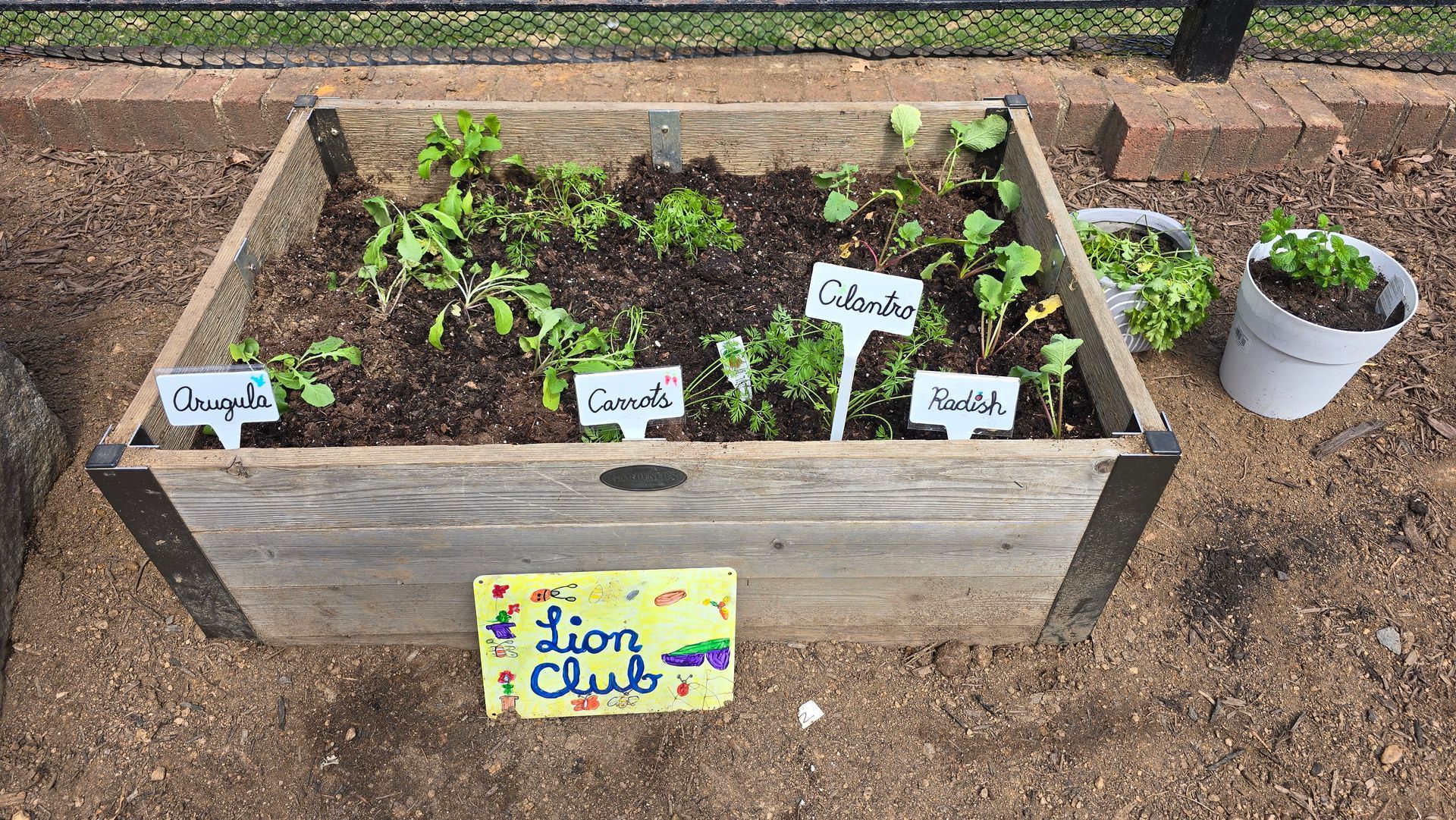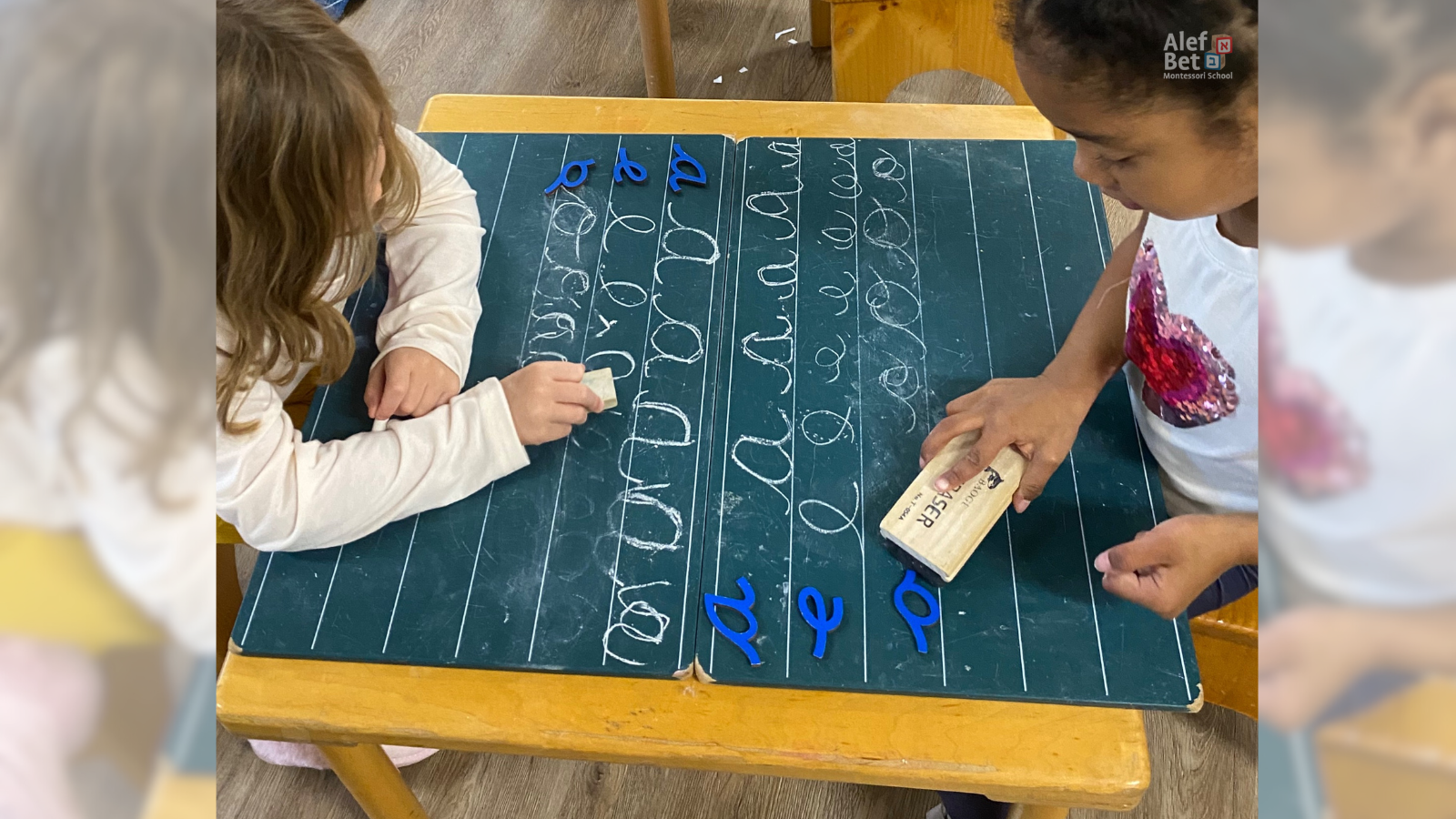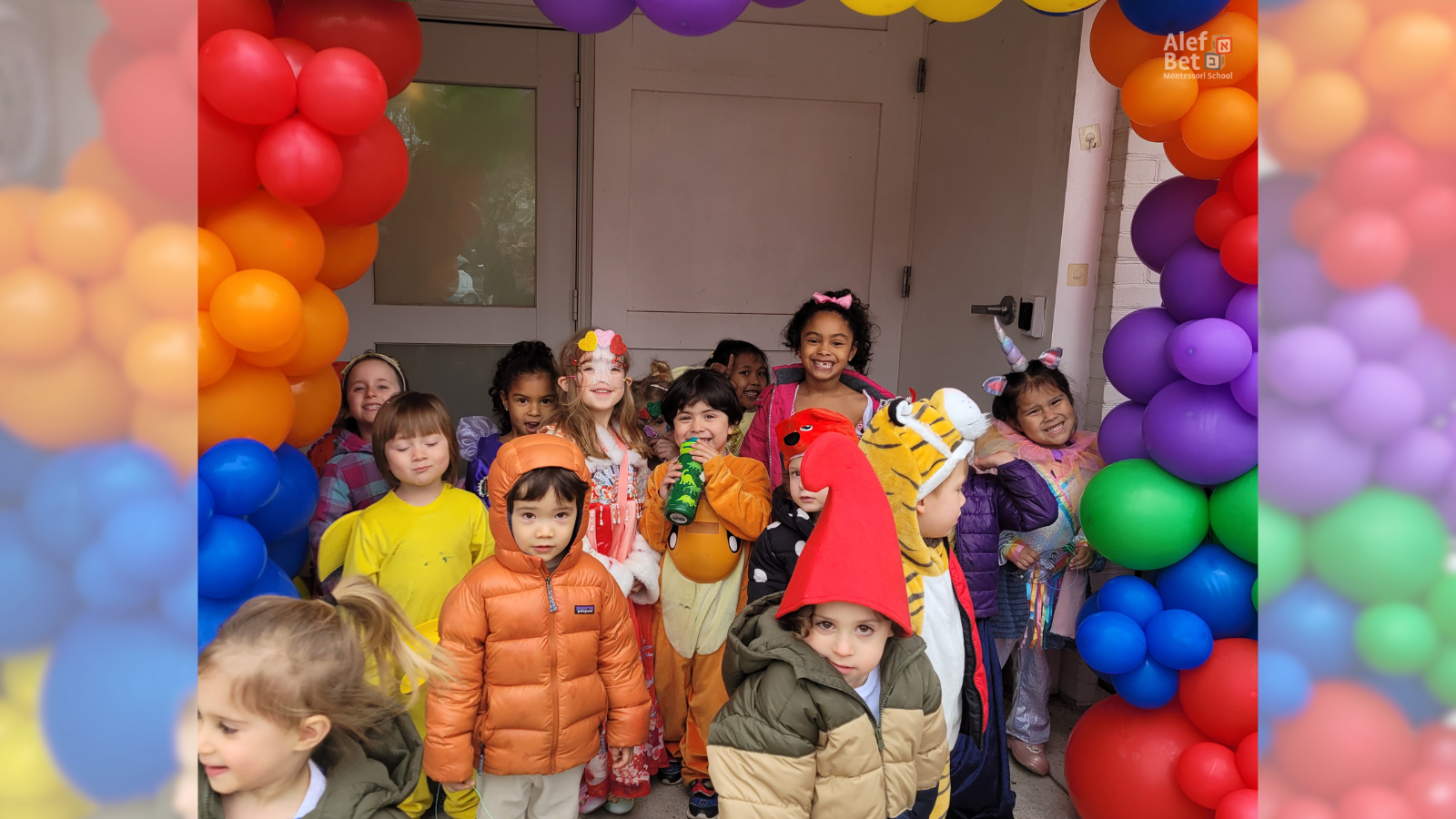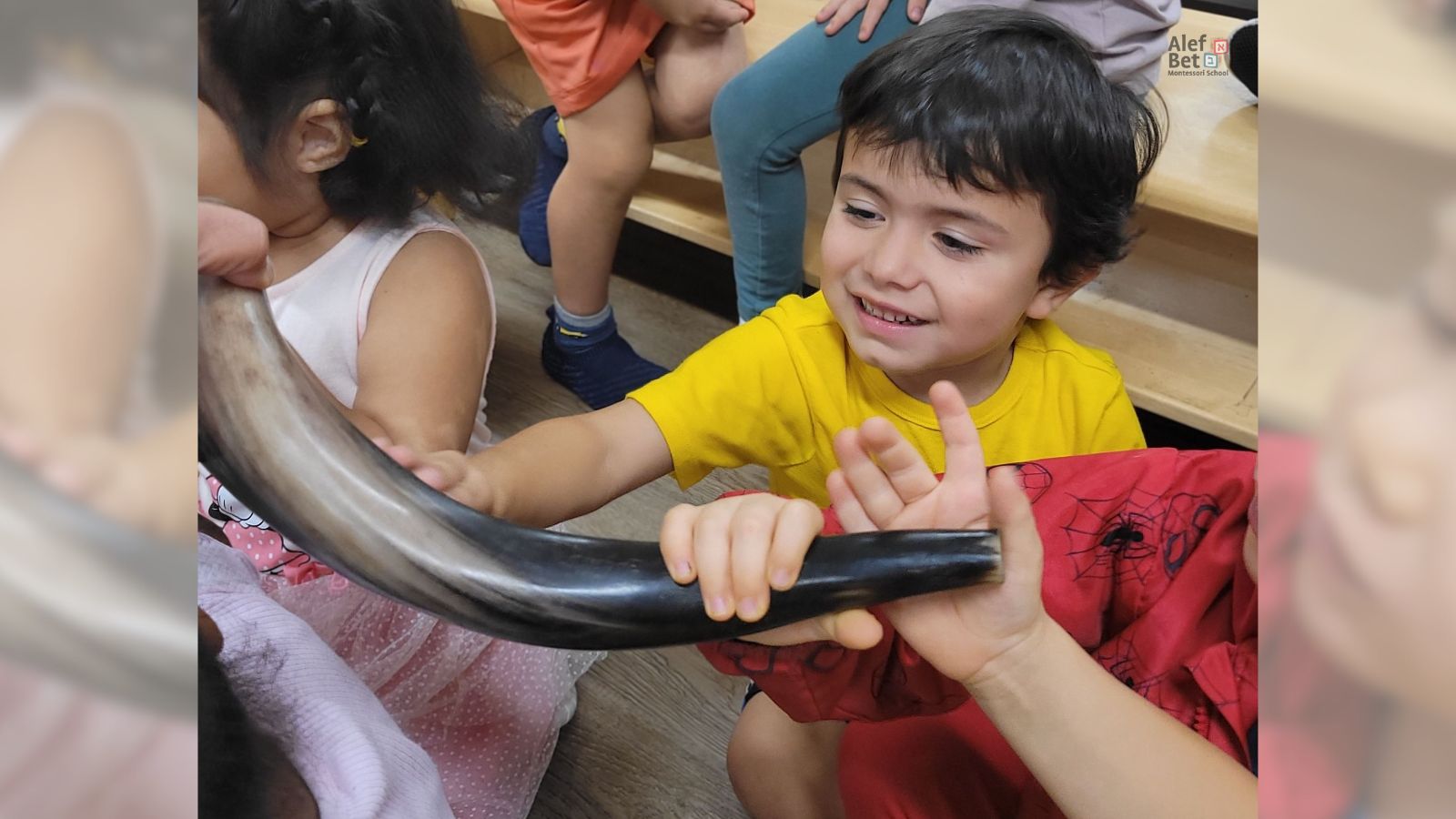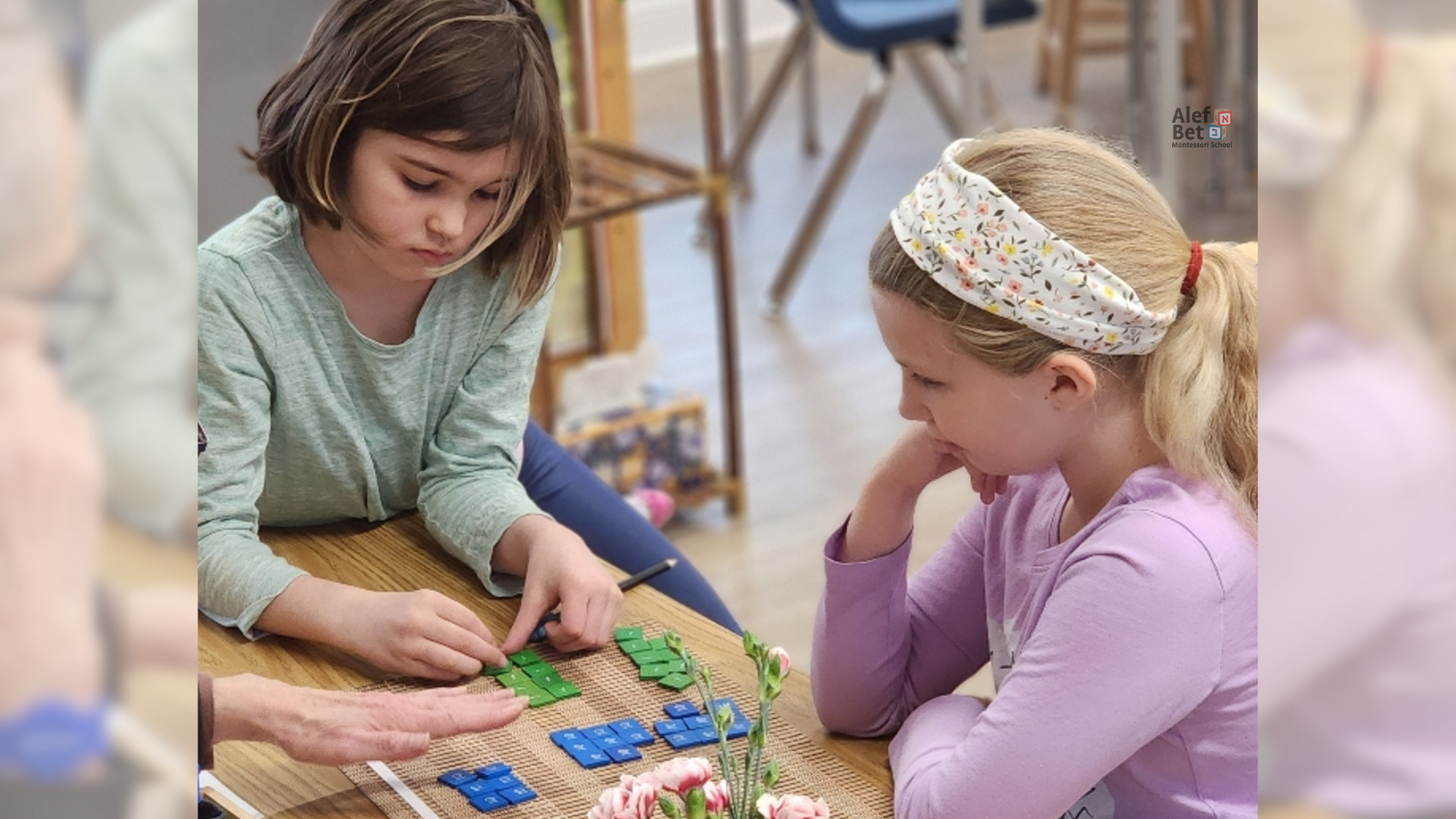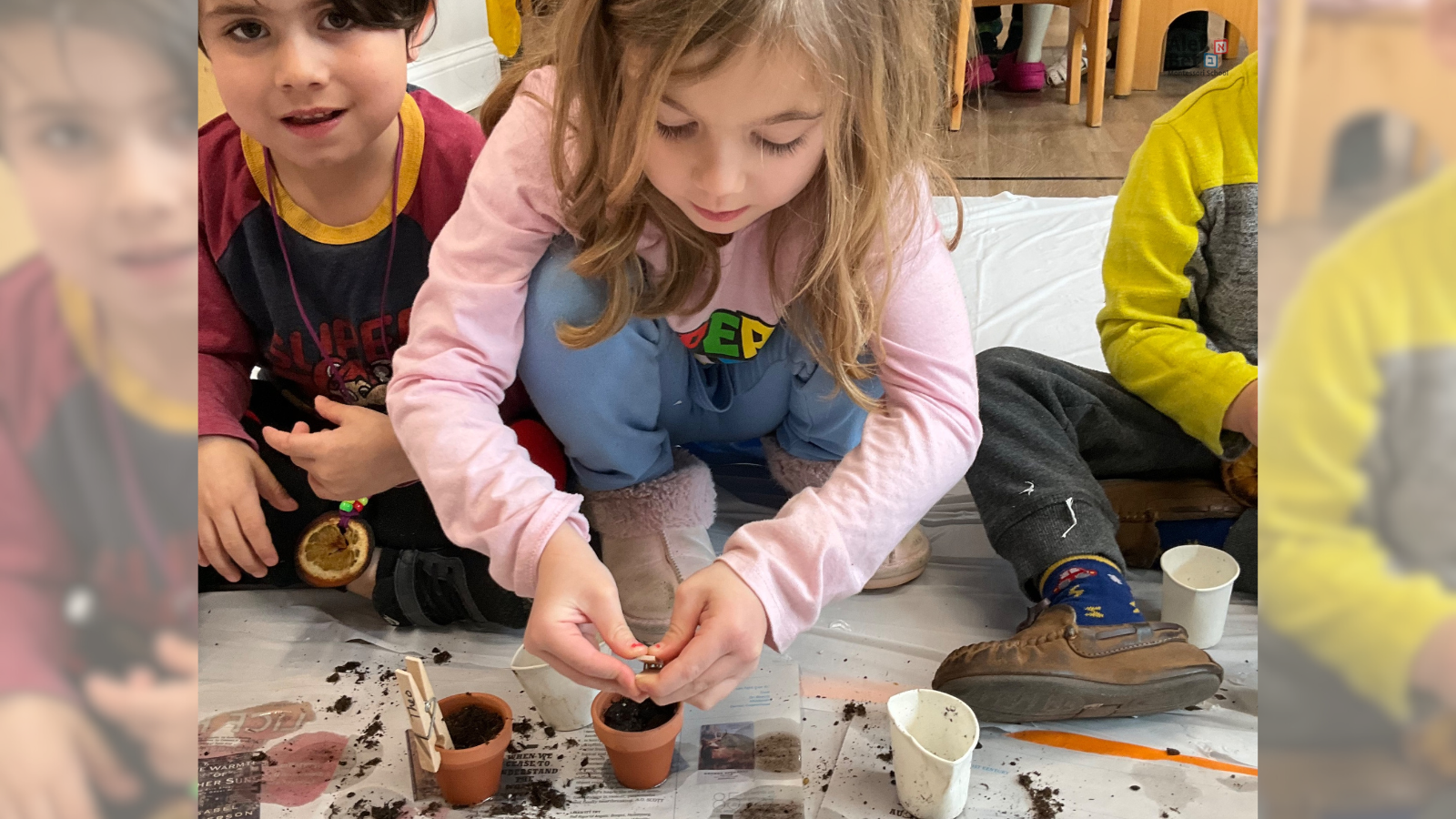Summer Fun: Montessori Activities to Enjoy at Home
Summer Activities and Montessori Works for Different Age Groups
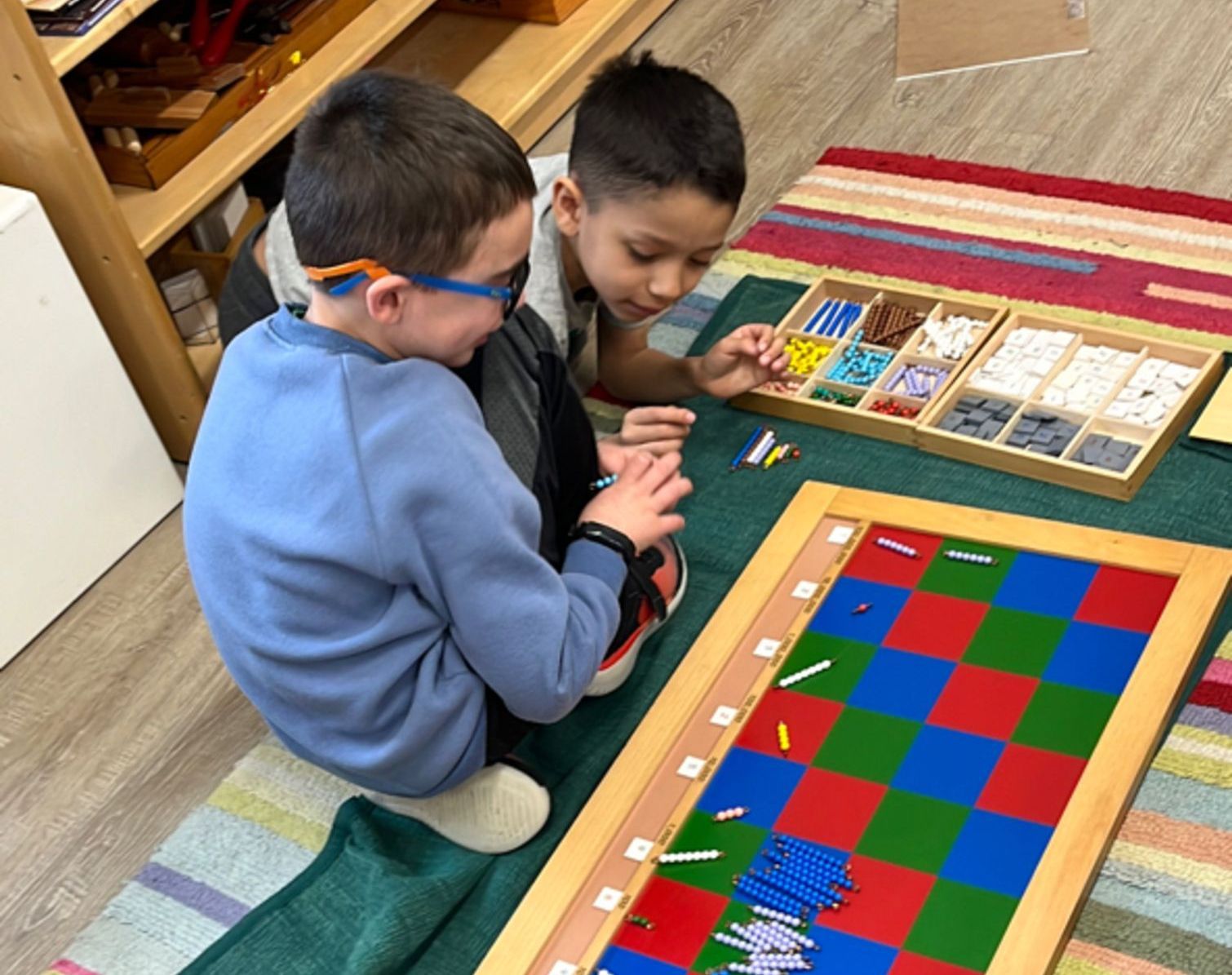
Dear Parents,
As we embrace the summer break, we are excited to share some fun and enriching activities you can do with your children at home. These Montessori-inspired ideas are designed to foster independence, creativity, and a love of learning. We've divided the activities into three age groups: toddlers, primary, and elementary.
Toddlers (18 months - 3 years)
1. Practical Life: Pouring and Transferring
- Set up a small tray with two containers and a spoon. Show your child how to transfer dry rice or beans from one container to the other using the spoon. This
activity enhances hand-eye coordination and concentration.
2. Sensorial: Color Sorting
- Provide colored pom-poms or buttons and matching bowls. Encourage your child to sort the items by color. This activity helps with color recognition and fine motor skills.
3. Language: Picture Books
- Choose picture books with simple, clear images and few words. Read aloud and point to the pictures, encouraging your child to name objects and animals. This activity boosts vocabulary and language skills.
4. Outdoor Play: Nature Exploration
- Take a walk in the park or your backyard. Collect leaves, flowers, and rocks. Discuss the different textures, colors, and shapes. This activity fosters a connection with nature and sensory exploration.
Primary (3 - 6 years)
1. Practical Life: Baking Together
- Involve your child in simple baking tasks like stirring, pouring, and measuring ingredients. Making cookies or muffins can be both fun and educational, teaching them about measurements and following instructions.
2. Sensorial: Mystery Bag
- Fill a bag with various small objects (a key, a feather, a ball). Blindfold your child and ask them to identify the objects by touch alone. This activity enhances tactile discrimination and descriptive language.
3. Math: Counting with Beads
- Use colorful beads and a string to make bead necklaces. Encourage your child to count the beads as they thread them. This activity strengthens counting skills and fine motor coordination.
4. Art: Nature Collage
- Collect natural items like leaves, twigs, and flowers. Provide glue and paper for your child to create a nature collage. This activity promotes creativity and fine motor skills.
Elementary (6 - 12 years)
1. Practical Life: Gardening
- Start a small garden or care for indoor plants. Teach your child how to plant seeds, water plants, and understand the basics of plant care. This activity fosters responsibility and a love for nature.
2. Science: Simple Experiments
- Conduct easy science experiments, such as making a volcano with baking soda and vinegar or growing crystals with sugar and water. These activities ignite curiosity and scientific thinking.
3. Geography: Map Making
- Provide a large sheet of paper and colored markers. Encourage your child to draw a map of your neighborhood, labeling important places like their school, the park, and home. This activity enhances spatial awareness and geography skills.
4. Creative Writing: Storytelling
- Ask your child to write a short story or create a comic strip. Provide prompts or themes to spark their imagination. This activity develops writing skills and creativity.
We hope these ideas inspire you to engage in meaningful and enjoyable activities with your children over the summer. Remember, the goal is to create a fun and enriching environment that encourages exploration and learning.
Happy summer, and we look forward to seeing you and your children again soon!


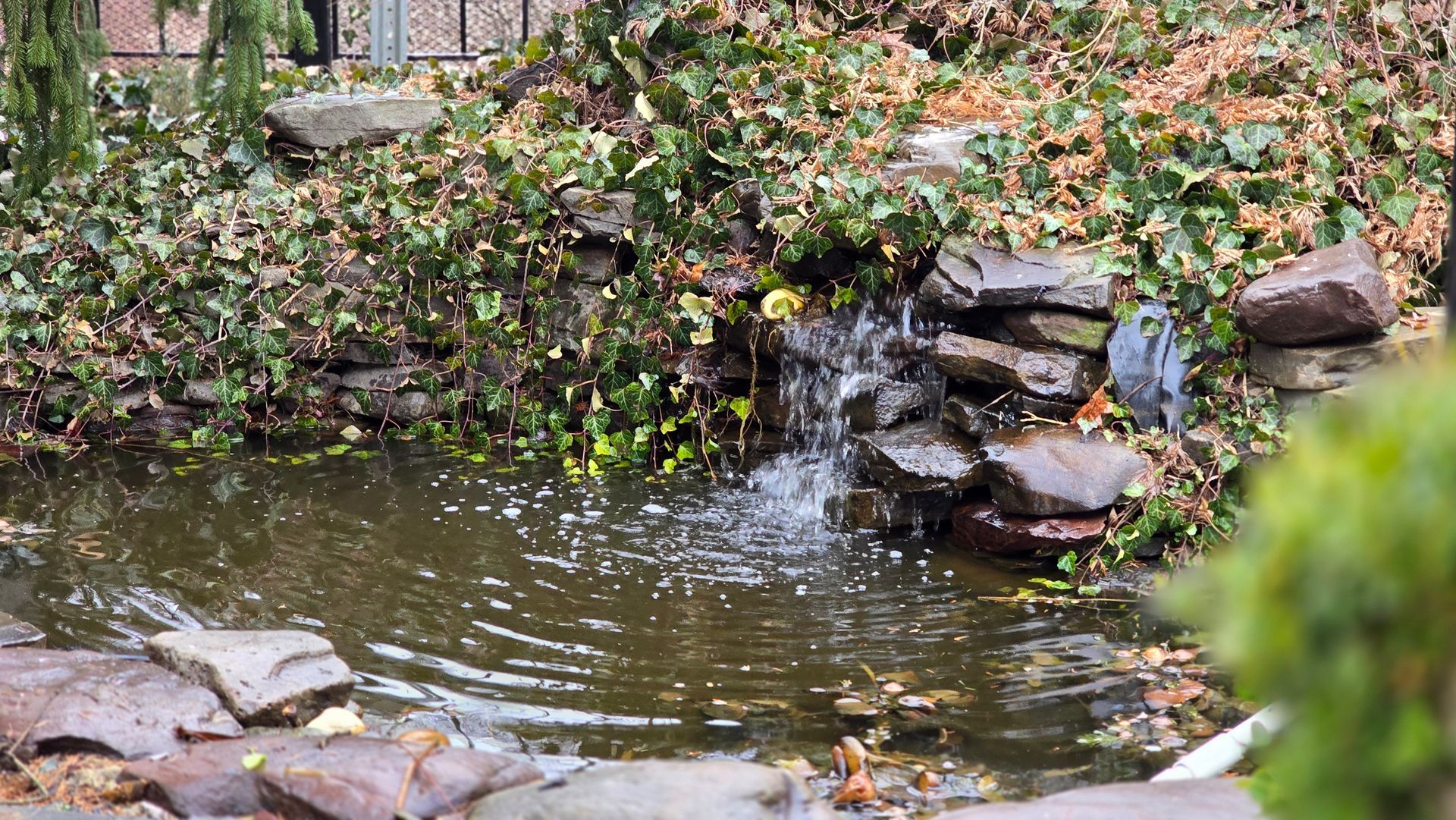
OPENING HOURS
Elementary 8:15 - 3:00
Primary 8:15 - 3:00
Toddlers 8:30 - 2:45
Aftercare 3:00 - 5:00
PROGRAMS
Alef Bet Montessori School
Alef Bet Montessori School
